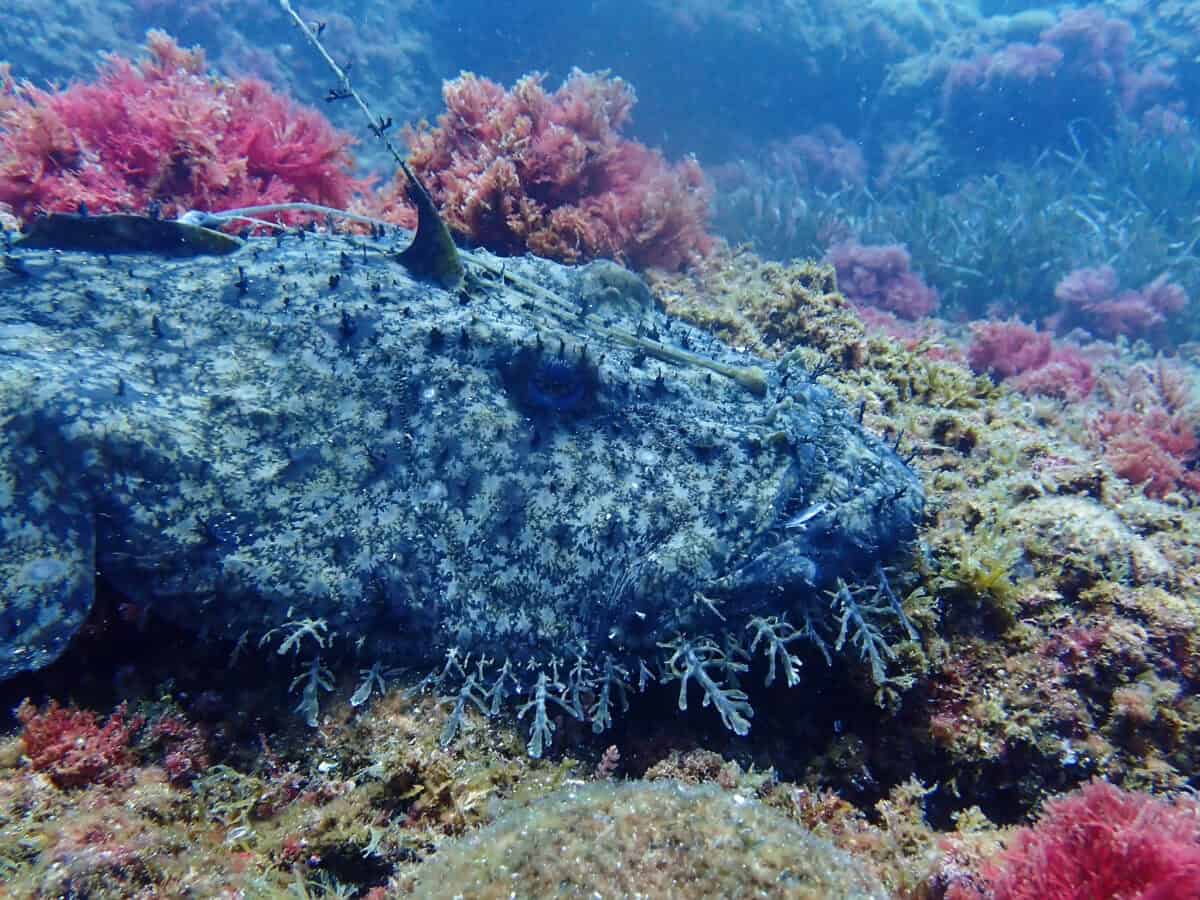In the darkest depths of the ocean, where sunlight never penetrates and pressure would crush most living creatures, a peculiar romance unfolds. The Lophiiformes, commonly known as anglerfish, engage in perhaps the most extreme and bizarre mating ritual in the animal kingdom. Unlike the courtship dances or gift-giving behaviors seen in other species, anglerfish mating involves permanent fusion, parasitism, and a complete surrender of independence that challenges our very understanding of individual identity. This remarkable adaptation to the harsh realities of deep-sea life represents one of evolution’s most creative solutions to the problem of finding a mate in the vast, dark emptiness of the deep ocean.
Introduction to the Mysterious Anglerfish

Anglerfish (order Lophiiformes) comprise approximately 200 species that inhabit the lightless depths of the ocean, primarily in the bathypelagic zone (1,000-4,000 meters deep). These fish have evolved to survive in one of Earth’s most extreme environments, where food is scarce and encounters with potential mates are exceedingly rare. Most famous for the bioluminescent lure that extends from the female’s head—a modified dorsal spine containing light-producing bacteria—anglerfish have adapted to their challenging habitat in numerous ways. However, nothing about these creatures is quite as extraordinary as their approach to reproduction, which represents one of the most extreme examples of sexual dimorphism and parasitic mating in the animal kingdom.
The Dramatic Size Disparity Between Sexes
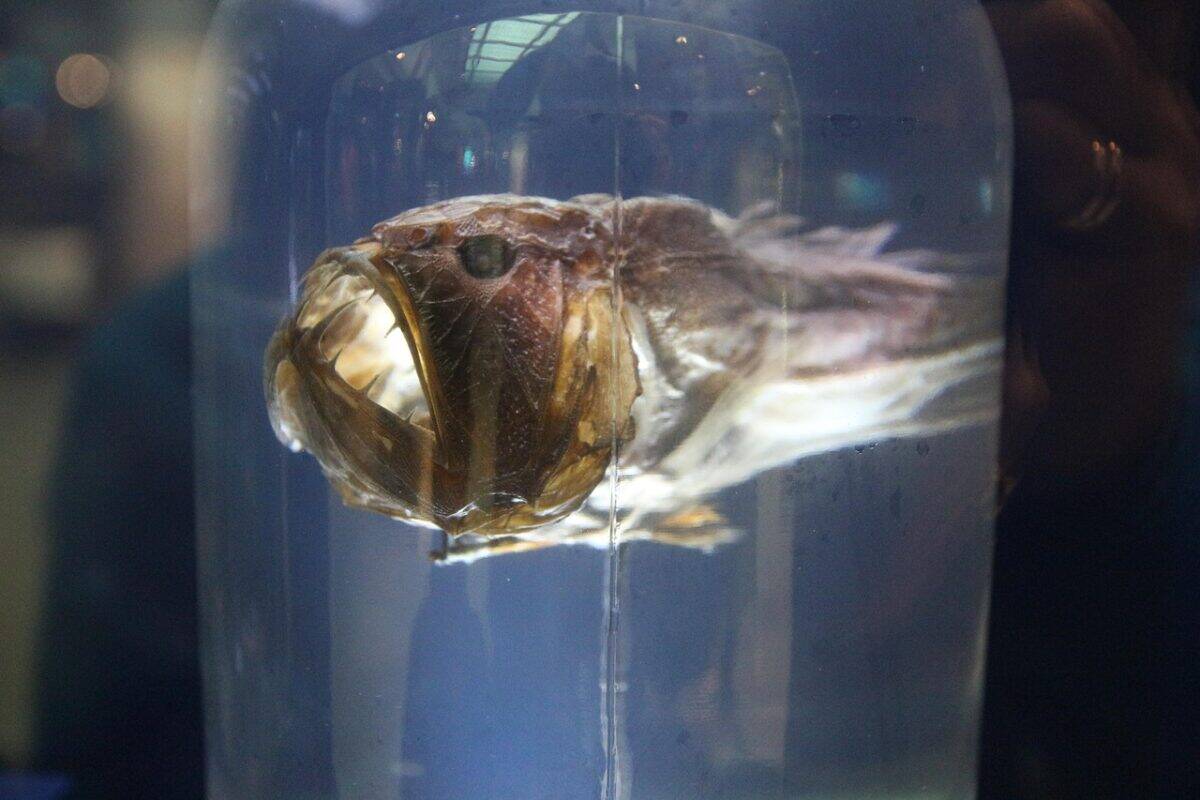
The first striking aspect of anglerfish reproduction is the extreme sexual dimorphism—the difference in size and appearance between males and females. In many deep-sea anglerfish species, particularly in the suborder Ceratioidei, females can be more than 60 times larger than males. While females might grow to sizes of 20-100 centimeters depending on the species, males rarely exceed a few centimeters in length. This dramatic size difference hints at their fundamentally different ecological roles. Females are equipped with large mouths filled with sharp, transparent teeth, bioluminescent lures, and digestive systems capable of expanding to consume prey twice their size. Males, in contrast, have reduced in size and functionality to serve essentially one purpose: finding and fusing with a female.
The Male’s Single Life Purpose
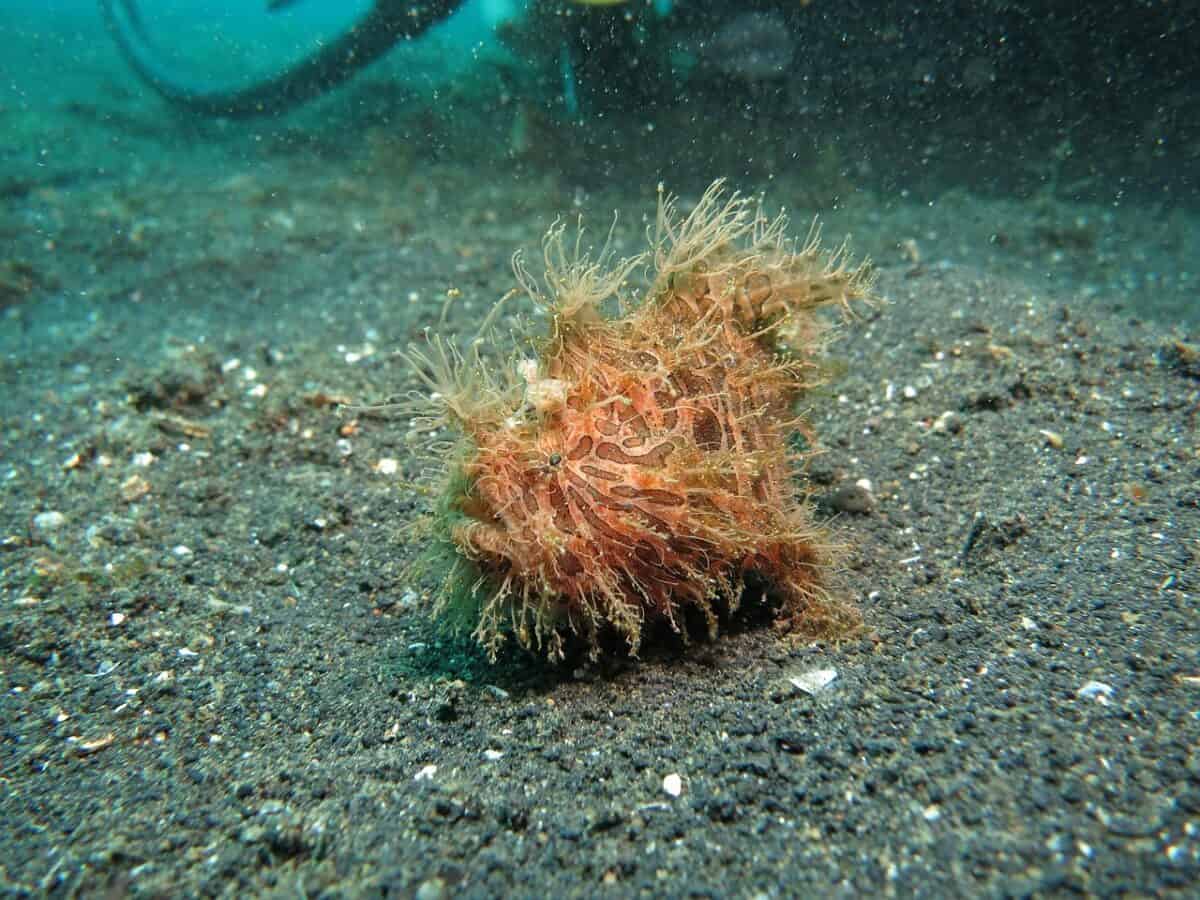
Male anglerfish develop with a single evolutionary directive: locate a female. From early development, the male’s body structure is streamlined for this mission. Their digestive systems remain underdeveloped, as they will never need to feed independently once mature. Instead, their bodies allocate resources to developing extraordinarily large nostrils and olfactory organs that can detect female pheromones across vast distances in the deep sea. Males also develop relatively large eyes for detecting the bioluminescent lures of females, and their bodies remain small and agile to facilitate swimming great distances in search of a mate. Most remarkably, many species develop specialized dentition—hook-like teeth that will later serve to latch onto a female’s body, initiating the extraordinary fusion process that defines anglerfish reproduction.
The Desperate Search in the Dark Abyss

The deep sea presents perhaps the most challenging environment for finding a mate on Earth. With population densities estimated at less than one fish per cubic kilometer in some regions, the odds of a male anglerfish encountering a female of the same species are astronomically low. To overcome this challenge, male anglerfish become essentially living reproductive missiles. After developing into sexually mature forms, males cease feeding entirely, dedicating their remaining energy reserves exclusively to the search for females. Using their highly specialized olfactory organs, they can detect female pheromones at concentrations of just a few molecules per liter of seawater. This remarkable sensitivity allows males to track females from potentially miles away, swimming tirelessly through the black void, guided only by chemical signals and the occasional glimpse of bioluminescence. For many males, this search consumes their entire adult life, and many perish without ever finding a mate.
The Moment of Attachment

When a male anglerfish finally locates a female—an event that represents an extraordinary stroke of luck in the vast oceanic wilderness—he doesn’t engage in any conventional courtship behavior. There are no displays, no gifts, and no competition with other males. Instead, the male bites into the female’s body, typically on her belly or sides, using his specialized hook-like teeth. This bite initiates a remarkable sequence of biological events. The male’s mouth fuses to the female’s tissue through an enzymatic process that dissolves the boundary between their bodies. Within hours, blood vessels from the female connect to the male’s circulatory system, and the male essentially becomes permanently attached to the female—a relationship that will last for the remainder of both their lives.
The Remarkable Physiological Fusion

The physiological changes that occur following attachment represent one of the most extreme examples of sexual parasitism in nature. Once attached, the male undergoes drastic transformation. His eyes, fins, and many internal organs—including most of his digestive system—degenerate and are absorbed, as they’re no longer needed. The male’s testicular tissue, however, grows substantially, converting him essentially into a sperm-producing appendage of the female. The shared circulatory system allows the male to receive nutrients directly from the female’s bloodstream, while in return, he provides sperm whenever the female is ready to spawn eggs. This fusion is so complete that scientists initially mistook attached males for parasites or strange growths when first discovering anglerfish specimens. Only later was it understood that these “parasites” were actually the males of the species.
Polyandry: When One Partner Isn’t Enough

In several species of deep-sea anglerfish, females practice extreme polyandry—taking multiple mates. A single female may host six or more males simultaneously attached to her body, each connected to her circulatory system and functioning as sperm-producing appendages. The record holder, a female ceratioid anglerfish documented by researchers, carried eight males attached to various locations on her body. This reproductive strategy ensures that the female has a constant supply of sperm available whenever environmental conditions trigger spawning. Each attached male retains his genetic distinctiveness despite sharing the female’s blood supply, creating what amounts to a chimeric organism with multiple genetically distinct components functioning as a single unit. This arrangement offers the female both reproductive security and potentially increased genetic diversity among her offspring.
The Immunological Mystery

One of the most fascinating scientific questions surrounding anglerfish reproduction involves immunology. In most vertebrates, including humans, tissues from another individual—even another member of the same species—would trigger a powerful immune rejection response. Yet somehow, anglerfish manage to fuse tissues between genetically distinct individuals without such rejection. Recent research published in Science in 2020 revealed that deep-sea anglerfish have evolved a drastically simplified immune system, having lost key components of adaptive immunity, including T cell functionality and major histocompatibility complex (MHC) genes that normally prevent such tissue fusion. This immunological adaptation allows the anglerfish to achieve their extraordinary reproductive strategy but comes at the cost of greater vulnerability to pathogens. In the relatively sterile environment of the deep sea, however, this trade-off appears to have been evolutionarily advantageous.
Evolutionary Pathways to Parasitic Mating
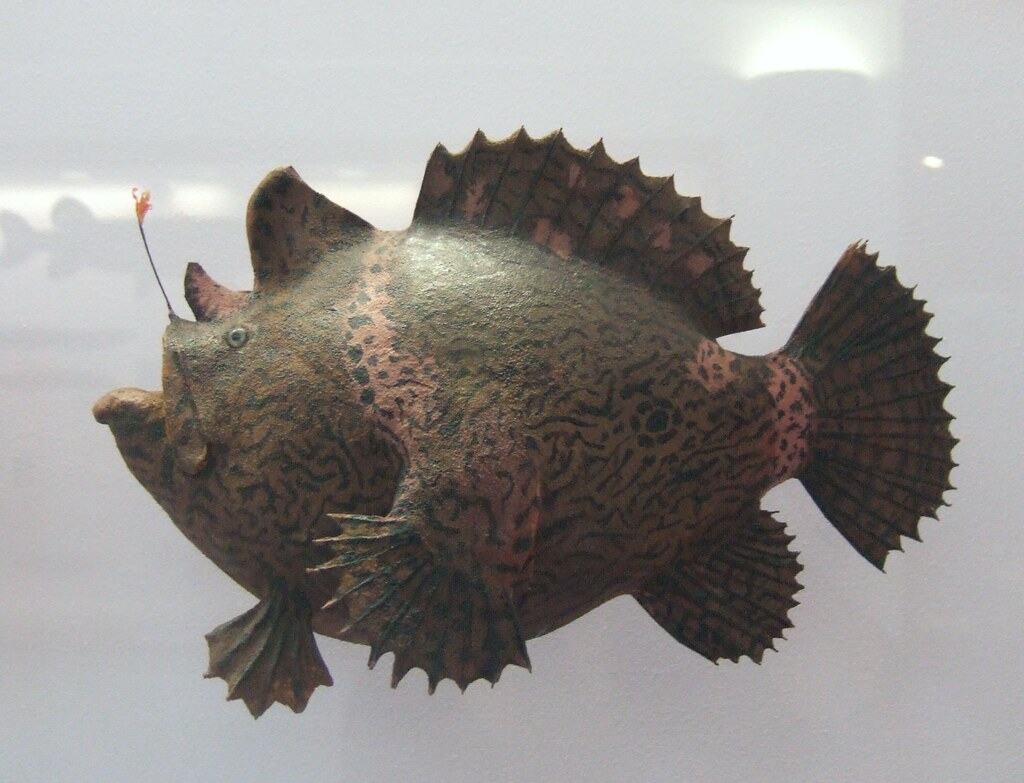
The extreme sexual parasitism observed in deep-sea anglerfish didn’t evolve overnight but represents the endpoint of a fascinating evolutionary trajectory. Among the approximately 200 species of anglerfish, we can observe various stages of this evolutionary progression. Shallow-water anglerfish species exhibit temporary attachment during mating, with males later detaching to seek other females. In somewhat deeper-dwelling species, males attach for longer periods but may still eventually separate. Only in the deepest-dwelling species do we see permanent fusion and complete physiological integration. This gradient of mating behaviors corresponds directly to habitat depth and the associated challenges of finding mates, suggesting that sexual parasitism evolved as a direct response to the extreme mate-finding challenge of the deep sea. The gradual progression visible across different anglerfish species provides a remarkable window into how extreme reproductive adaptations can evolve incrementally in response to environmental pressures.
Reproductive Output and Spawning

Despite the bizarre nature of their mating system, the actual reproductive output of anglerfish follows patterns more typical of deep-sea fish. Female anglerfish produce thousands to millions of tiny eggs, depending on the species, which are released into the water column to develop as plankton. The attached males release sperm directly into the female’s reproductive tract, ensuring fertilization before the eggs are released. Unlike many shallow-water fish that time their reproduction to seasonal cues, deep-sea anglerfish appear to spawn opportunistically, perhaps responding to encounters with nutrient-rich water masses or other environmental triggers not yet fully understood by scientists. The eggs and resulting larvae drift in upper ocean layers, where food is more abundant, before gradually descending to the depths as they mature. This strategy of producing numerous small offspring that develop in more food-rich environments helps offset the extremely low survival rates typical of deep-sea species.
Challenges in Studying Deep-Sea Reproduction
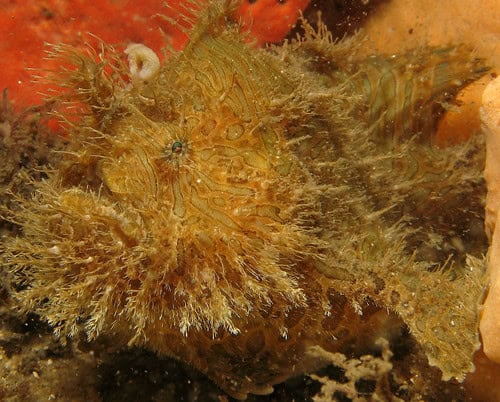
Our understanding of anglerfish reproduction has been hard-won through decades of painstaking research. Studying creatures that live thousands of meters below the ocean surface presents extraordinary challenges. Most of our knowledge comes from specimens accidentally caught in deep-sea trawls, often brought to the surface dead or dying from the dramatic pressure changes. Only in recent decades, with the development of advanced deep-sea submersibles and remote-operated vehicles equipped with high-definition cameras, have scientists been able to observe living anglerfish in their natural habitat. In 2018, researchers captured the first video footage of a living anglerfish pair—a female with a parasitic male attached—in the wild off the Azores Islands. This remarkable footage confirmed many theoretical aspects of their reproduction that had previously been inferred only from preserved specimens. Even with these technological advances, the deep sea remains one of Earth’s least explored environments, and many aspects of anglerfish reproduction likely remain undiscovered.
The Evolutionary Significance
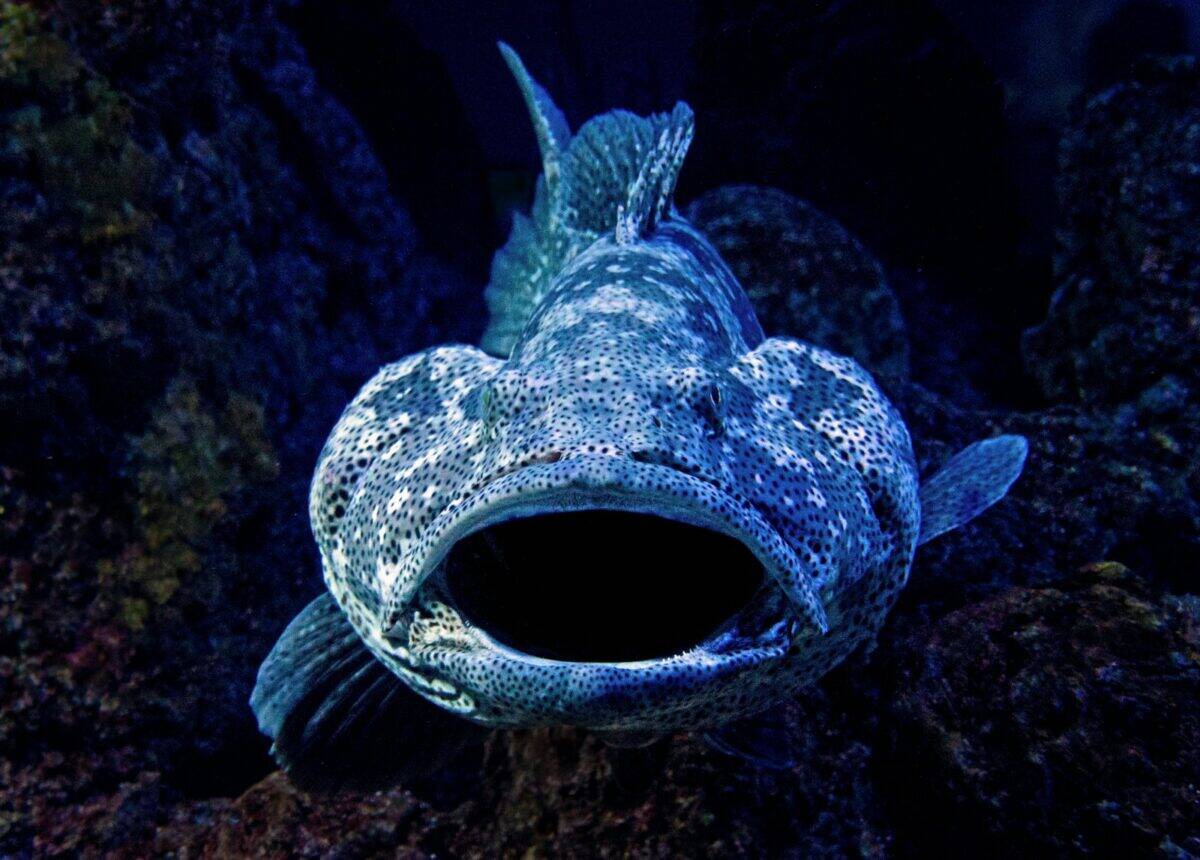
The extreme reproductive strategy of deep-sea anglerfish represents a profound example of how evolution can produce extraordinary adaptations in response to environmental challenges. The permanent fusion of males to females solves multiple problems simultaneously: it ensures that when the exceedingly rare event of finding a mate occurs, reproduction is guaranteed; it provides females with a constant supply of sperm in an environment where subsequent mate encounters are unlikely; and it allows males to survive despite limited feeding opportunities. While superficially appearing bizarre or even grotesque from a human perspective, this reproductive strategy is elegantly adapted to the specific challenges of the deep-sea environment. The evolution of sexual parasitism in anglerfish demonstrates the remarkable flexibility of natural selection in shaping reproductive strategies and offers profound insights into the limits of biological adaptation. Few other examples in nature so dramatically illustrate how reproduction—the most fundamental biological imperative—can be reinvented to overcome environmental constraints.
Conclusion: Nature’s Most Extreme Commitment
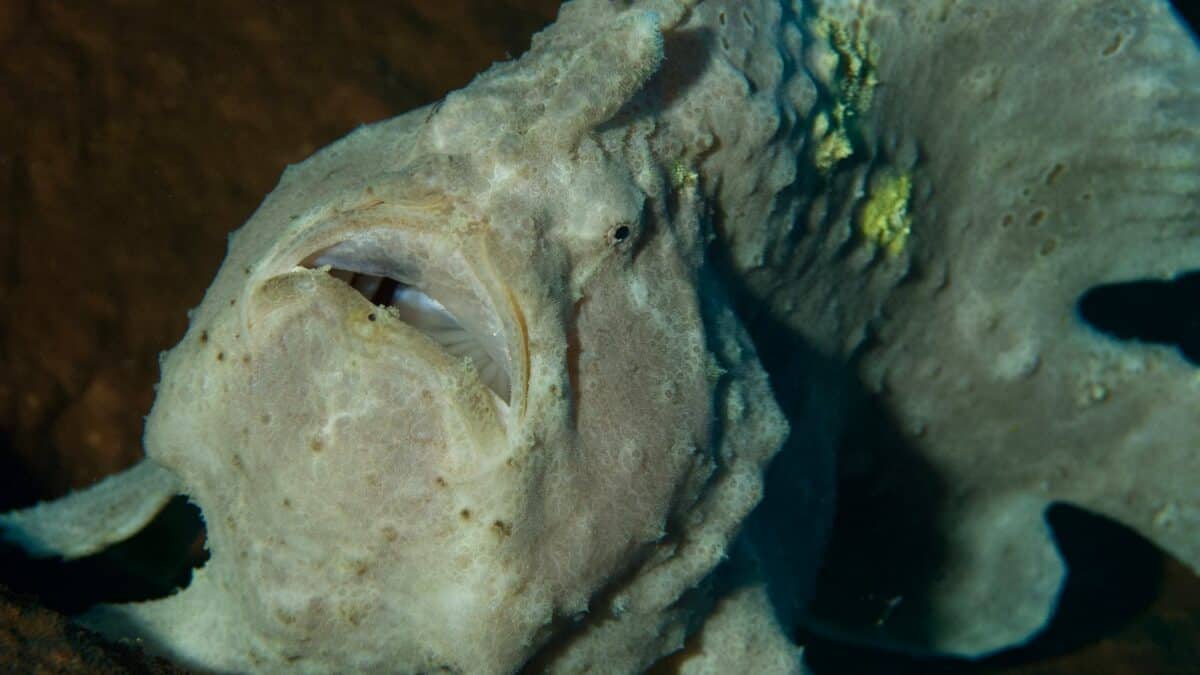
The mating ritual of deep-sea anglerfish stands as one of nature’s most extraordinary reproductive adaptations, challenging our understanding of individuality and the boundaries between organisms. In the crushing pressures and eternal darkness of the deep ocean, these remarkable creatures have evolved a solution to reproduction that involves the ultimate sacrifice for males—the surrender of their independent existence—and creates what amounts to a chimeric organism functioning as a unified reproductive unit. This extreme adaptation reveals the tremendous power of natural selection to shape life in response to environmental challenges, even when the resulting adaptations seem alien to our terrestrial sensibilities. As we continue to explore the deep sea with increasingly sophisticated technology, the anglerfish remains an icon of nature’s boundless creativity and a reminder that in the most extreme environments on our planet, life finds extraordinary ways to persist and reproduce.
- How Sea Lions Navigate Thousands of Miles Without Maps - August 9, 2025
- The Most Elusive Mountain Lions Roaming the California Wilderness - August 9, 2025
- Bald Eagles Are Now Nesting in the Most Unexpected States - August 9, 2025

